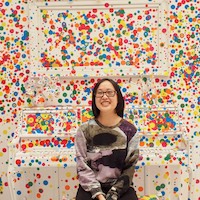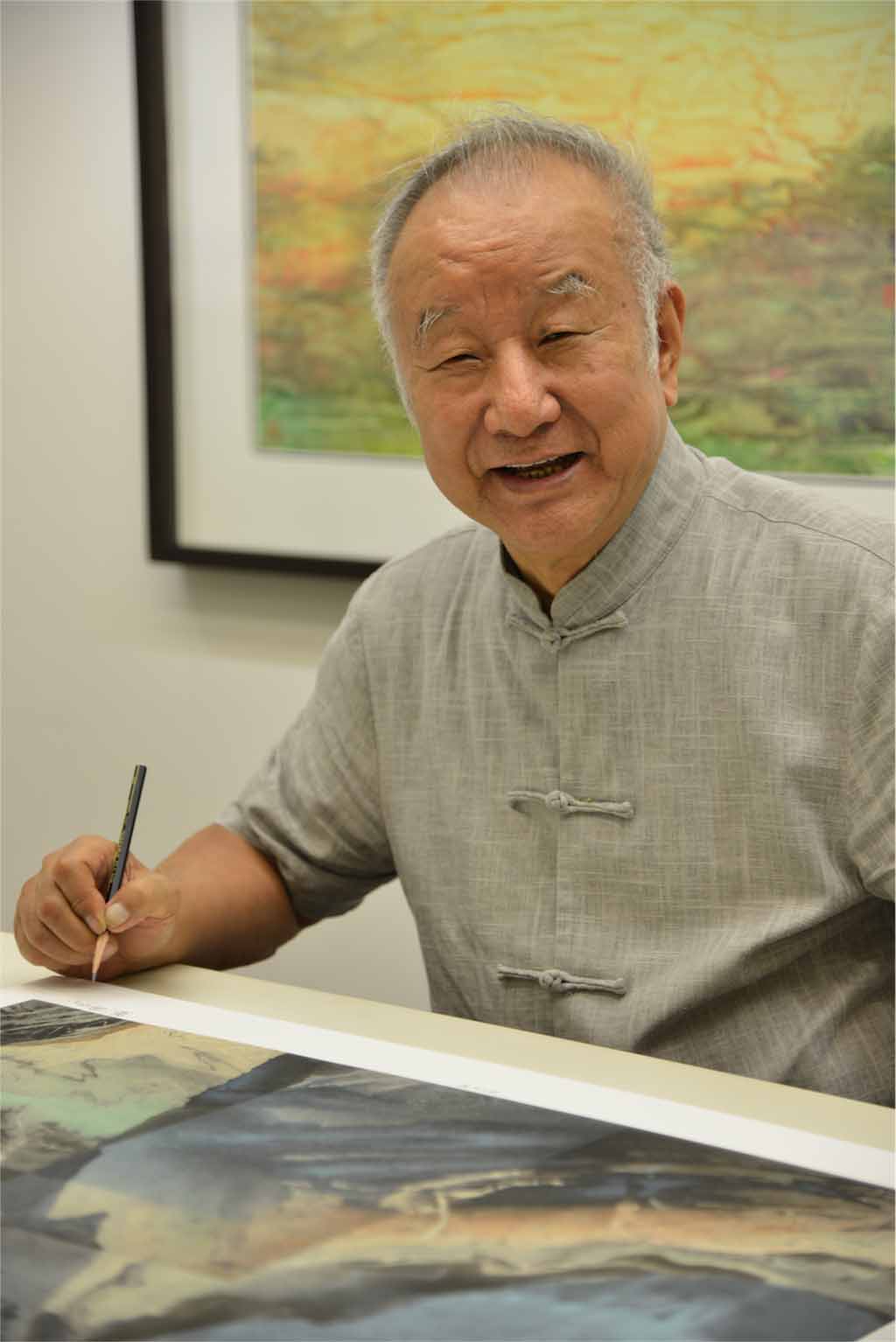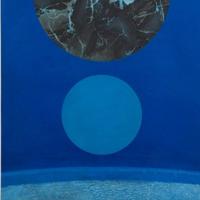More about Liu Guosong
Works by Liu Guosong

Contributor
Liu Guo-song gave Chinese ink painting the facelift it never knew it needed.
Born in China in 1932, Liu Guo-song later relocated to Taiwan when he was 17 years old. He graduated from the Taiwan Normal University (for Normal People) with a Fine Arts degree in 1956. Critics actually saw him as something of a problem child, because he didn’t see European and American art as off limits. Luckily, like his more modern counterpart Masami Teraoka, Liu Guo-song had no problem with a new and old art mash-up.
Taiwan’s legendary Bubble Tea—as well as its relatively chill political climate—must have worked their magic on him, though, because scholars would later come to call him the “Father of Modern Chinese Ink Painting” in Taiwan and the “Pioneer of Modern Chinese Painting” in China. Not too shabby for a problem child, eh?
The artist's signature paintings combine the Chinese tradition of ink painting and the Western mode of abstraction—which, in the 20th century, was all the rage. If you were cool, you were abstract. So the Fifth Moon Group, Liu Guo-song’s posse of ink-painting hipsters, made it their goal to be cool.
Liu Guo-song, most notably, is credited for having invented the techniques of water rubbing (shuituo) and ink steeping (zimo). These techniques only seemed to work with really thick cotton, so he had to have his Gucci-quality paper custom-made by a cotton mill. The results they yielded were, literally, out of this world.
As unique as his landscapes are, Liu Guo-song's most unique work deals almost exclusively with space. In fact, his spacescapes could probably serve just as well as album covers for an electro-funk, indie rock band with song lyrics about having this mellow daytrip through your own imagination as they could centerpieces for an exhibition. And with a name like Fifth Moon Group, it's a wonder they have yet to make their big debut on Spotify.
Forget naked bodies; astronomical bodies were the new way to go. His fascination with them began when the Apollo 8 expedition to the moon showed Earthlings a glimpse of the universe that we live in. He loved the possibilities such an exploration entailed and saw it as a sign for Eastern art to move forward into canvases never before painted on. So he and his inksters experimented. They airbrushed. They collaged. They paint-stroked.
And, at first, the academic world couldn’t handle their freshness. (When have they ever, in the history of modern art?) After rejecting them a few times, though, they came around. Since 1970, Liu Guo-song has exhibited at the National Art Museum in China and the Palace Museum in Beijing, as well as in many other cities throughout China, Taiwan, and the US.
He now divides his time between Shanghai, China, and Taoyuan, Taiwan, teaching students his innovative ways and making more trippy art like the artistic astronaut he is.
Featured Content
Here is what Wikipedia says about Liu Guosong
Liu Kuo-sung (Liu Guosong) (simplified Chinese: 刘国松; traditional Chinese: 劉國松; pinyin: Liu Guosong; born 26 April 1932) is a Chinese artist based in Taipei, Taiwan. Liu is widely regarded as one of the earliest and most important advocates and practitioners of modernist Chinese painting. He is also a writer on contemporary Chinese art.
Check out the full Wikipedia article about Liu Guosong











